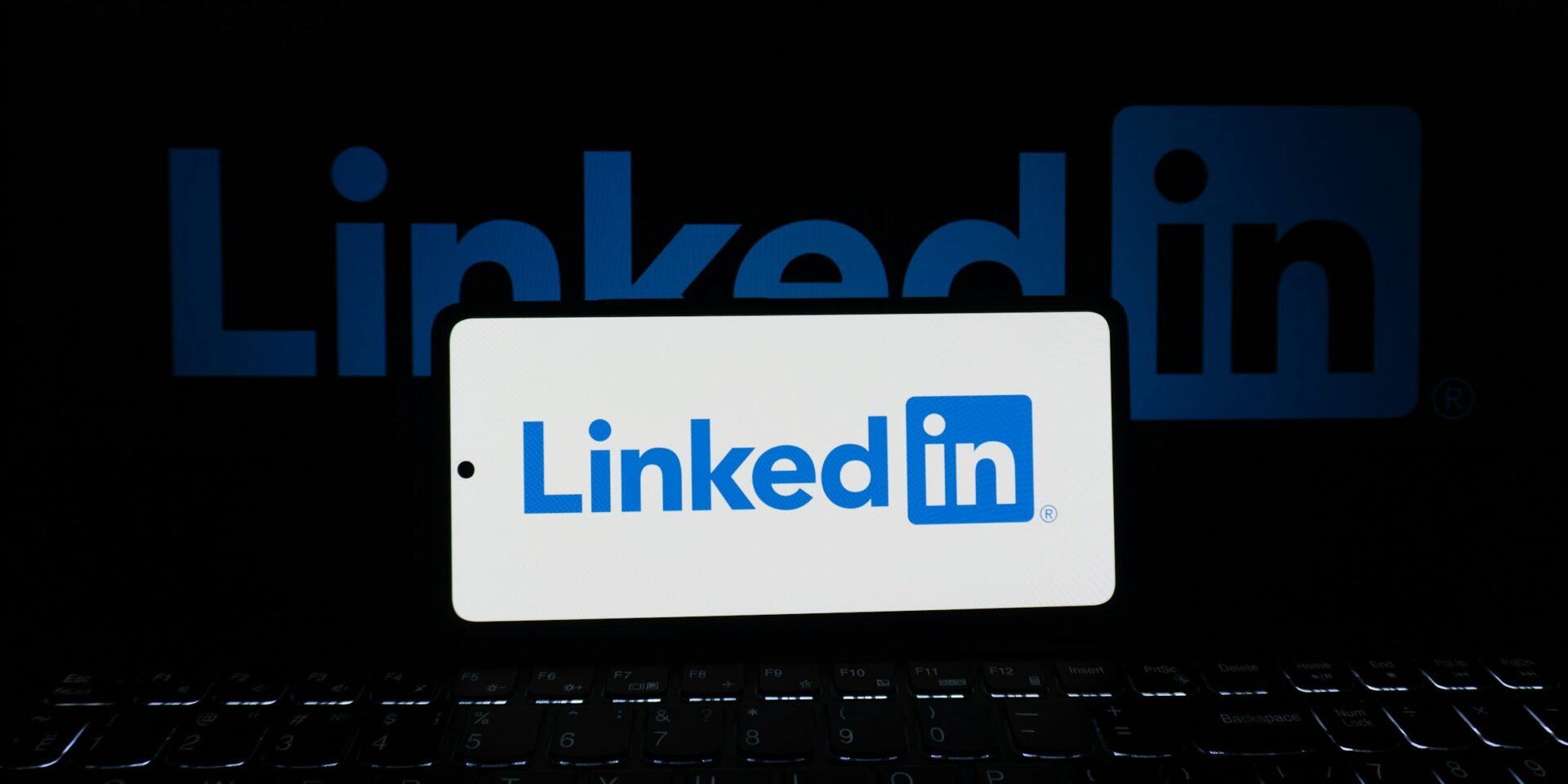5 LinkedIn Profile Photo Blunders to Avoid
Your LinkedIn profile is often your first impression in the professional world—and your headshot is front and center. In just a few seconds, recruiters and potential employers make snap judgments based on your photo. A high-quality, professional image can instantly convey credibility, confidence, and approachability. On the other hand, a poor headshot can subtly undermine your personal brand and cost you opportunities.
Here are five common LinkedIn headshot mistakes to avoid if you want to stand out for the right reasons.
1. Using a Casual or Unprofessional Photo
One of the biggest mistakes people make is using a photo that belongs on Instagram or Facebook rather than LinkedIn. While you don’t necessarily need a corporate studio shot, your image should still reflect professionalism.
Avoid photos where you’re wearing overly casual clothing, holding a drink, or cropped out of a group setting. LinkedIn is a professional network, and your headshot should align with that tone. Opt for attire that suits your industry—whether that’s a blazer for finance or a polished business-casual look for tech.
2. Poor Lighting and Low Resolution
Lighting can make or break a photo. Grainy, dark, or overexposed images don’t reflect well on your personal brand. They can come across as rushed, careless, or outdated.
Natural lighting is often the best choice. Stand near a window or shoot outdoors on a cloudy day to avoid harsh shadows. Make sure your face is well-lit and clearly visible. Additionally, upload a high-resolution image that doesn’t appear pixelated or blurry. Your face should be in focus, and the image should be sharp enough to look good even as a small thumbnail.
3. Too Much or Too Little Editing
Editing can enhance a photo, but it should be subtle and professional. Overdoing filters, skin smoothing, or background changes can make the image look unnatural or overly stylized. On the flip side, not editing at all—especially when a simple adjustment to brightness or cropping could improve the photo—can make you seem inattentive to detail.
Aim for authenticity. A light touch-up to adjust color, crop for balance, or remove distractions is perfectly fine. The goal is to present the best version of yourself without crossing into misrepresentation.
4. Not Facing the Camera or Smiling
Your headshot should be welcoming and confident. A common mistake is using a photo where you’re looking away from the camera, wearing sunglasses, or showing a neutral or serious expression that doesn’t match your brand.
While a stern look may work in certain contexts, most industries value approachability and confidence. A genuine smile—nothing forced—can instantly make you appear more open and trustworthy. Also, make eye contact with the camera. It helps build connection with the viewer, even in a digital space.
5. Ignoring Background and Framing
What’s behind you in your photo matters more than you might think. A messy room, distracting scenery, or cluttered background can pull attention away from your face. On the other hand, a plain white wall can feel sterile and uninspired.
Choose a background that is clean, simple, and professional. A blurred cityscape, office setting, or nature backdrop can work well—just make sure it doesn’t compete with your image. Also, make sure your head and shoulders are fully visible and well-framed. Your face should take up about 60% of the image space.
Final Thoughts
Your LinkedIn headshot is a key piece of your personal brand. It’s often the first thing people see when they search your name or view your profile. By avoiding these five common mistakes—using a casual photo, poor lighting, excessive editing, an unwelcoming expression, or a distracting background—you can ensure your image supports your professional story rather than detracting from it.
When in doubt, consider investing in a professional headshot session. The return on that investment could be a new connection, an interview, or even your next big career opportunity.


